British F-35 crashes into the sea as the UK rethinks fighter order
- By Alex Hollings
Share This Article
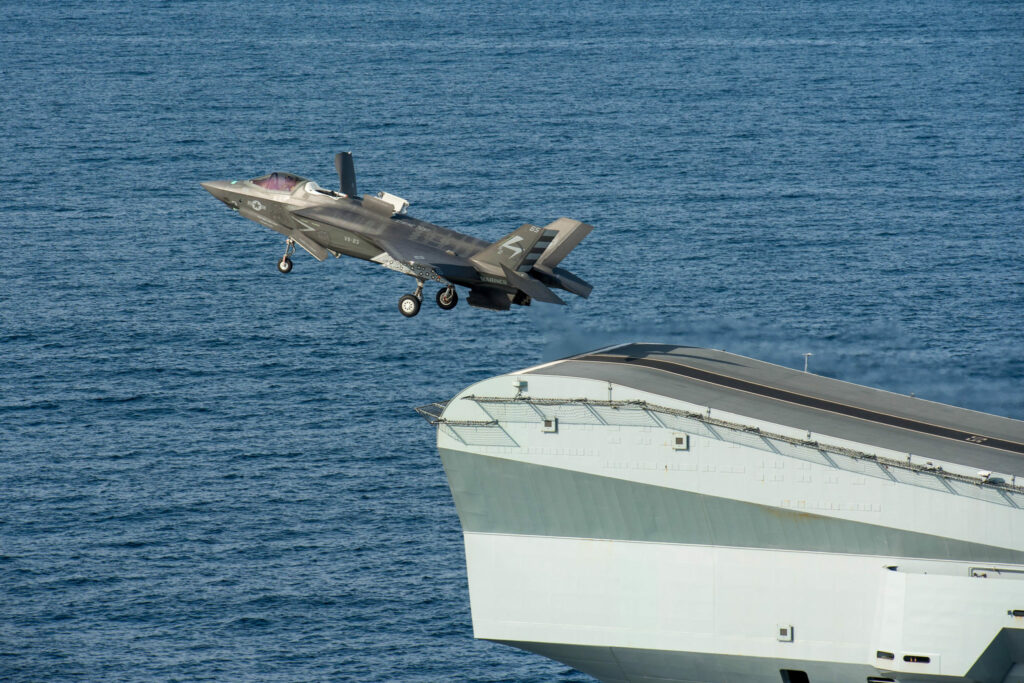
A British Navy Lockheed Martin F-35 Lightning II crashed into the Mediterranean Sea on Wednesday. The pilot successfully ejected and has been recovered, but the nation’s ongoing F-35 plans may not be so lucky.
Details about the incident remain sparse, but normal flight operations have reportedly restarted, with no other F-35s pulled from either British or American service. This suggests that there is little concern about whatever caused the F-35 to crash repeating in other similar airframes.
A British F35 pilot from HMS Queen Elizabeth ejected during routine flying operations in the Mediterranean this morning.
— Ministry of Defence Press Office (@DefenceHQPress) November 17, 2021
The pilot has been safely returned to the ship and an investigation has begun, so it would be inappropriate to comment further at this time.
The HMS Queen Elizabeth, the nation’s flagship and namesake of its class, has been operating with a combined international F-35 force in its hangars, with eight stealth jets from Royal Air Force’s Number 617 Squadron, the “Dambusters,” and 10 others from the U.S. Marines Corps’ Marine Fighter Attack Squadron (VMFA) 211, known as the “Wake Island Avengers.” All of the Joint Strike Fighters onboard the British carrier are F-35Bs, meaning the short-take-off, vertical landing variant of the aircraft.
The Queen Elizabeth has been sailing with a similarly international contingent of warships, including British destroyers, frigates, tanker, and nuclear attack submarine, alongside as at least one dutch frigate and America’s USS The Sullivans, an Arleigh Burke-class guided-missile destroyer. Earlier this year, the carrier strike group made another appearance in the Mediterranean that saw the British flagship launch the nation’s first fixed-wing sorties into a combat zone in more than two decades, as well as marking the UK-Flagged F-35’s combat debut.
This F-35 crash comes amid British concerns about the fighter’s high costs
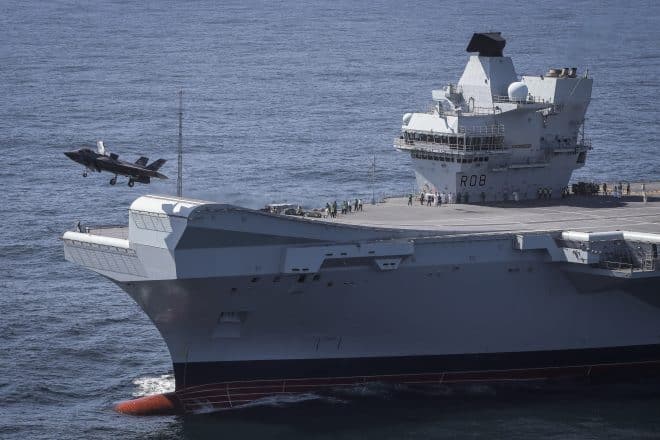
Wednesday’s crash places the UK’s total F-35 fleet at 23 airframes, with an additional 24 slated for delivery by the end of 2025. While the British have consistently signaled the intent to purchase a total of 138 of the stealth fighters from Lockheed Martin, concerns about the high operating costs of the F-35 have led to discussion about reducing that order. These concerns mirror those expressed by senior American officials like Air Force Secretary General Charles “CQ” Brown, who made headlines earlier this year when he said the branch could use another new fighter, so as to limit the use of the expensive Joint Strike Fighter.
For most of the fighter’s lifespan to date, its operating costs have sat at around $44,000 per hour, though efforts to find ways to bring these costs are ongoing.
According to a report published by British daily newspaper, The Times, the nation’s government aims to refocus a larger portion its aviation spending on the development of it’s own stealth fighter program, known as Tempest. In fact, some contend that the order may be cut to just 48 total fighters, minus Wednesday’s loss. A defense spending plan released by the British government earlier this year, however, signaled their intent to purchase more than 48 total jets, but made no mention of how many the total may be. Many find the omission of the previously touted 138-fighter figure as confirmation that these plans have been all but scrapped.
Royal Air Force:
— Henry Jones (@hthjones) March 7, 2021
-The UK's plan to order 138 F-35B jets will be reduced by 90
The initial order was for 48; 138 – 90 brings us neatly to 48, so it sounds as though that will be the final number. pic.twitter.com/xt424iWMuS
Related: Tempest: Everything we know about the UK’s 6th-gen fighter
The F-35B is the most expensive iteration of the F-35
Wednesday’s crash involved a short-take-off, vertical landing F-35B, which is arguably the least capable of the three Joint Strike Fighter iterations. The performance trade-off is largely due to the increased weight and lack of internal fuselage space caused by the inclusion of a large internal lift fan to support the fighter’s vertical landing and short-take-off capabilities. As a result, the fighter can carry less fuel than the landing-strip friendly F-35A and has a broader (or fatter) front profile, increasing drag and making the jet slightly slower and more sluggish than its siblings.
While the F-35A has been rated for extremely aggressive 9G turns, the F-35B is largely limited to 7Gs. Likewise, the F-35A’s top speed is rated at Mach 1.6, while the F-35B is limited to Mach 1.3 for durations of less than just 40 seconds. This speed limitation, it’s important to note, is a result of damage caused to the aircraft’s radar absorbant coating, however, rather than the jet’s slightly different front profile and increased weight.
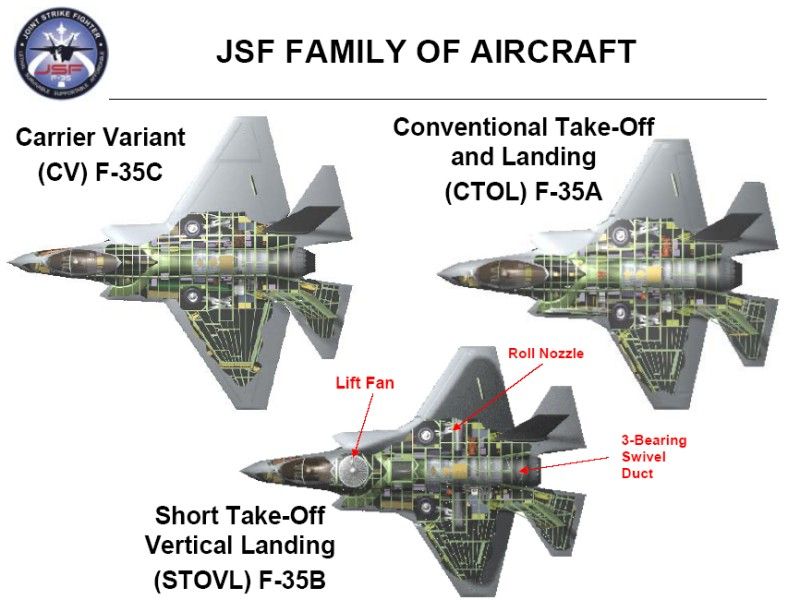
But what it lacks in sheer performance, the F-35B more than makes up for in utility. Unlike the F-35A, which requires long, well-groomed airstrips to operate from, or the F-35C, which requires a catapult launch system and arresting wires, the F-35B can take off from extremely short and even austere runways. Most impressive of all, it can also hover and land vertically. This capability is why the British chose to operate F-35Bs from their new carrier, which is shorter than America’s flat tops and uses a ramp rather than a catapult. This capability also allows Marines are able to operate F-35s from amphibious assault ships that some have taken to calling, “Lightning Carriers.”
The short-take-off, vertical landing capability makes it possible to launch F-35 sorties from a wide variety of places, compensating to some degree for its reduced internal fuel and weapons capacity.
According to a report from the Project for Government Oversight, the F-35B is the most expensive iteration of the fighter by a wide margin, clocking in at approximately $135.8 million per airframe, compared to the F-35A’s $110 million. The Pentagon’s acknowledged figures are smaller, with the F-35B ringing it at $101.3 million, and the F-35A at just $77.9 million.
Related: What went wrong? How the F-35 got to be so expensive
The 5th F-35 crash to date

For all the troubles and setbacks the F-35 program has suffered over the years, its development has been a largely safe one for those piloting these jets. Wednesday’s crash marks the third F-35B to go down since 2018, however, and the fifth F-35 overall.
The first F-35B crash occurred in Beaufort, South Carolina in September of 2018, and the second took place just over a year ago in Southern California. In both instances, the F-35Bs involved belonged to the U.S. Marine Corps, which serves as the primary operator for this most-complex variant of the aircraft.
The U.S. Air Force lost an F-35A near Eglin Air Force Base in Florida in 2019, and the Japanese Self Defense Force also lost an F-35A that same summer.
Read more from Sandboxx News
Related Posts
Sandboxx News Merch
-

‘AirPower’ Classic Hoodie
$46.00 – $48.00 Select options This product has multiple variants. The options may be chosen on the product page -

‘Sandboxx News’ Trucker Cap
$27.00 Select options This product has multiple variants. The options may be chosen on the product page -

‘Kinetic Diplomacy’ Bumper Sticker (White)
$8.00 Add to cart

Alex Hollings
Alex Hollings is a writer, dad, and Marine veteran.
Related to: Airpower, Breaking News
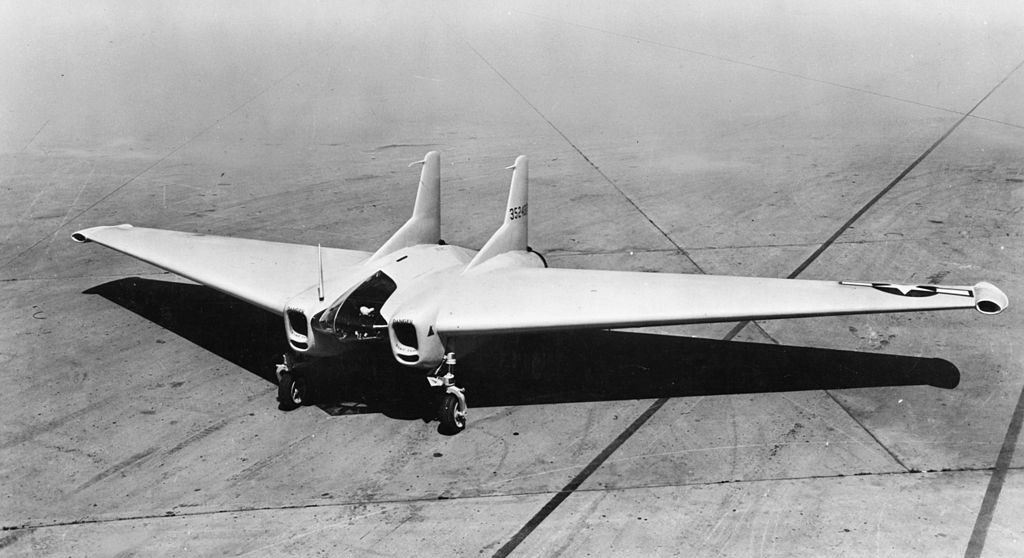
XP-79: The US fighter built to ram enemy bombers
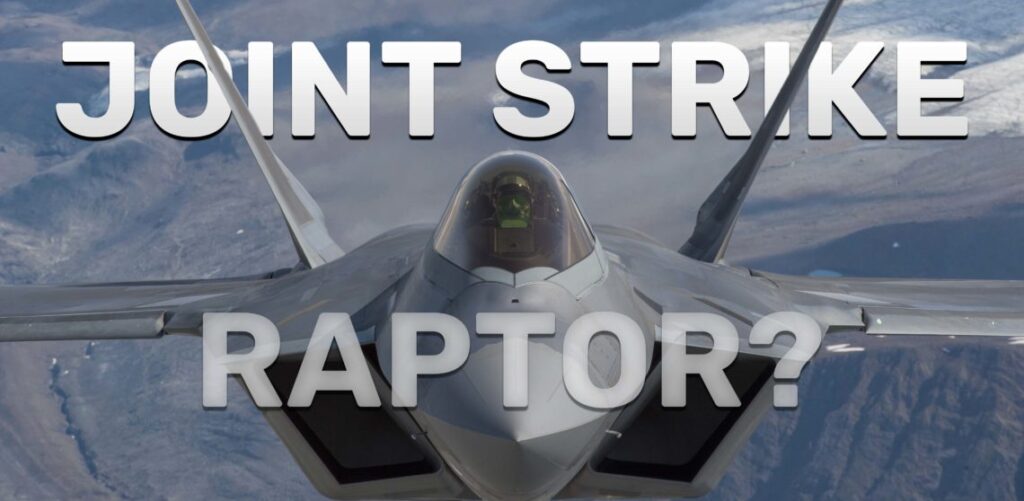
Just how good would an F-22/F-35 hybrid fighter really be?
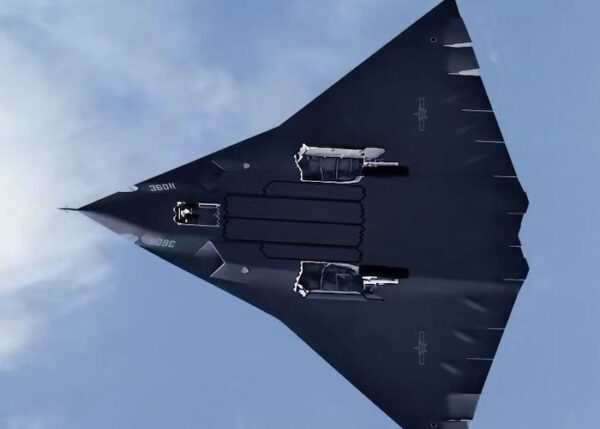
It doesn’t matter if China’s new J-36 stealth jet is a fighter or a bomber
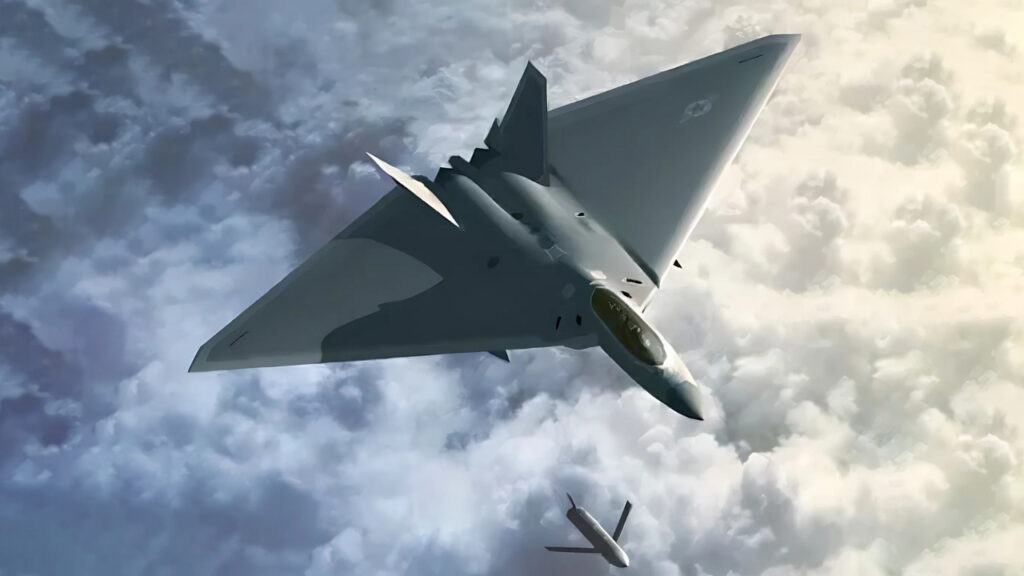
America almost built its own version of China’s new stealth jet 20 years ago
Sandboxx News
-

‘Sandboxx News’ Trucker Cap
$27.00 Select options This product has multiple variants. The options may be chosen on the product page -

‘AirPower’ Classic Hoodie
$46.00 – $48.00 Select options This product has multiple variants. The options may be chosen on the product page -

‘AirPower’ Golf Rope Hat
$31.00 Select options This product has multiple variants. The options may be chosen on the product page -

‘Sandboxx News’ Dad Hat
$27.00 Select options This product has multiple variants. The options may be chosen on the product page
